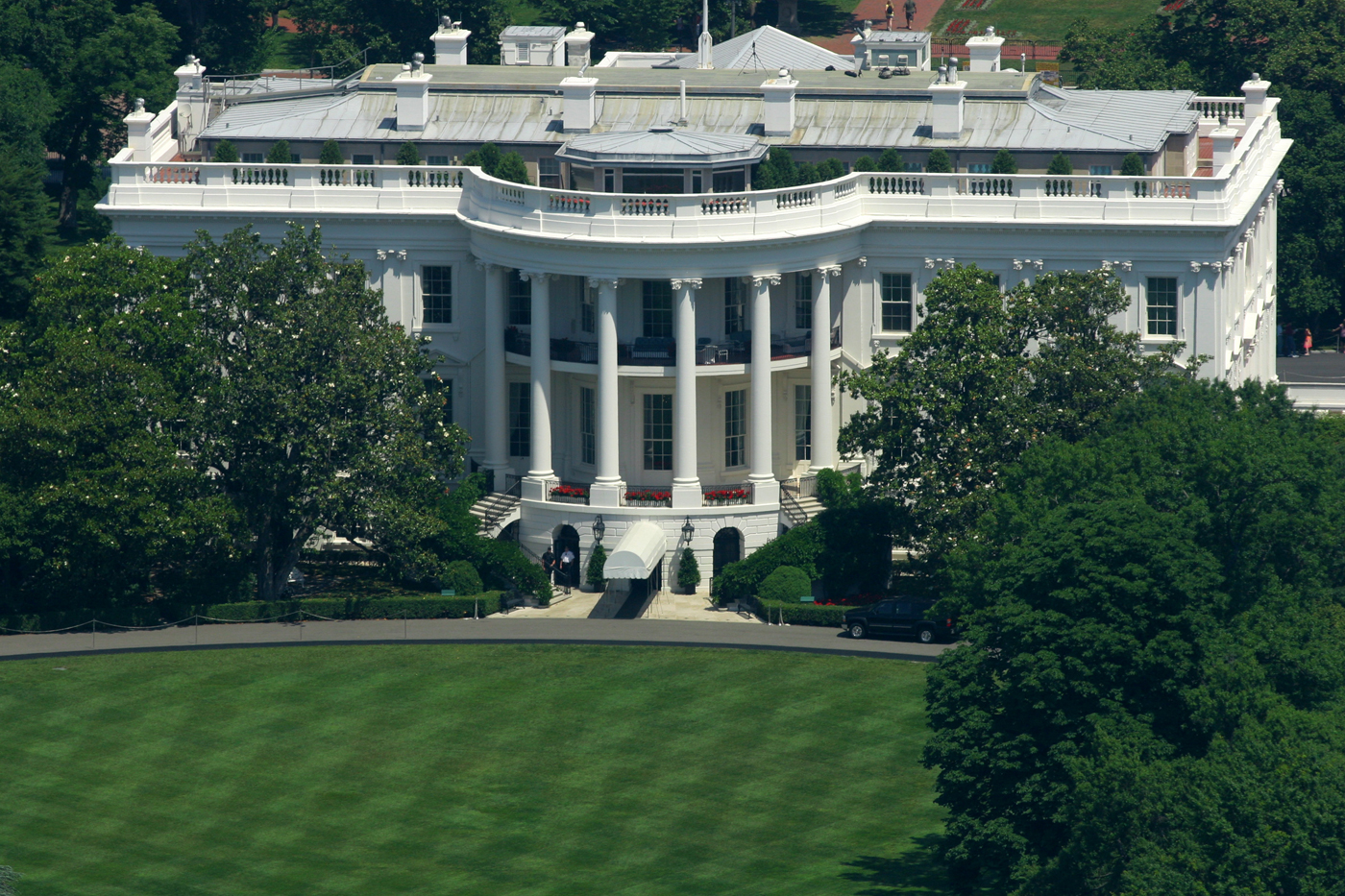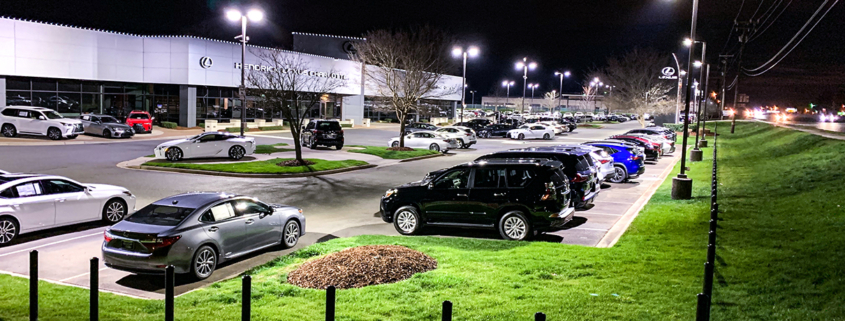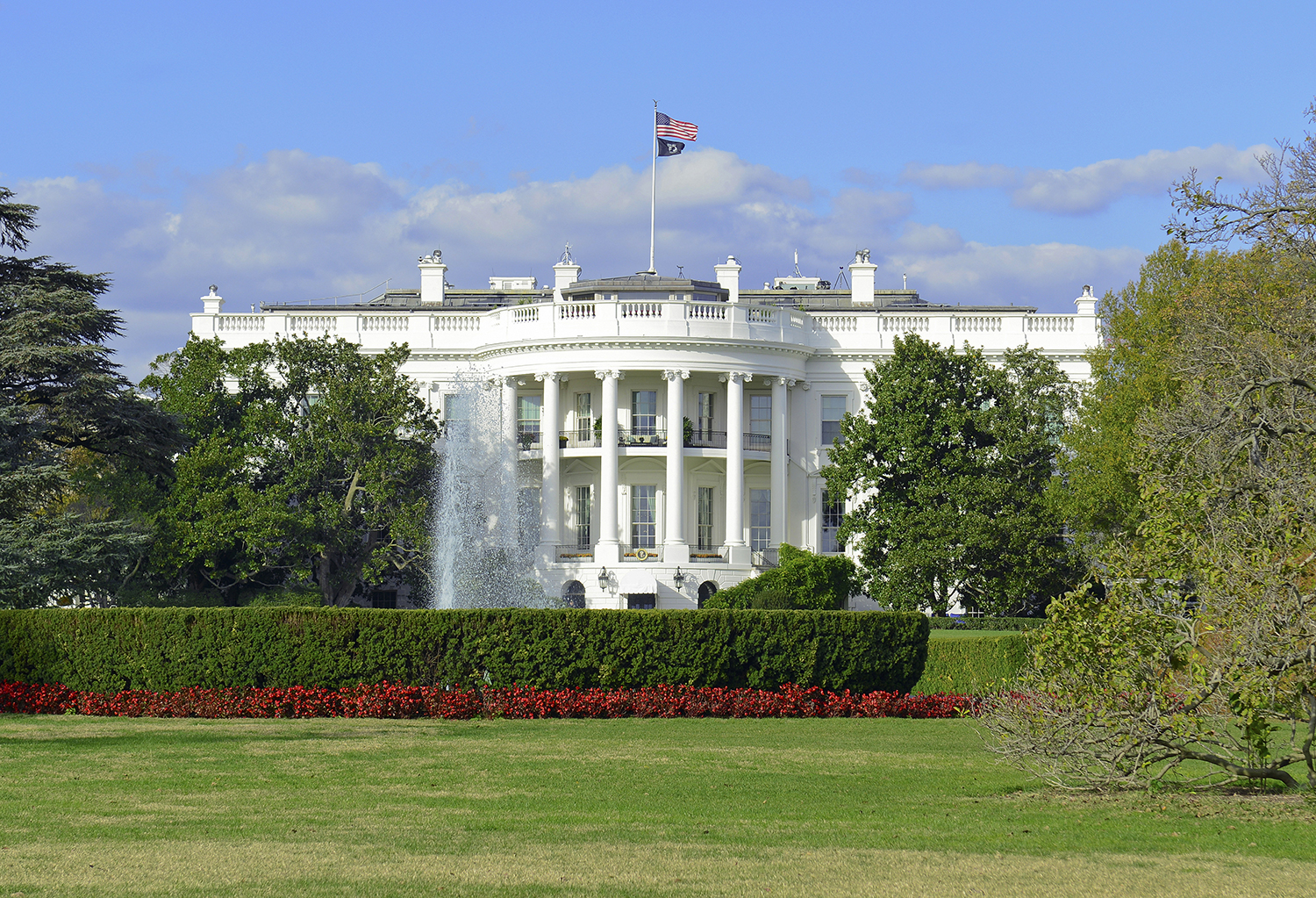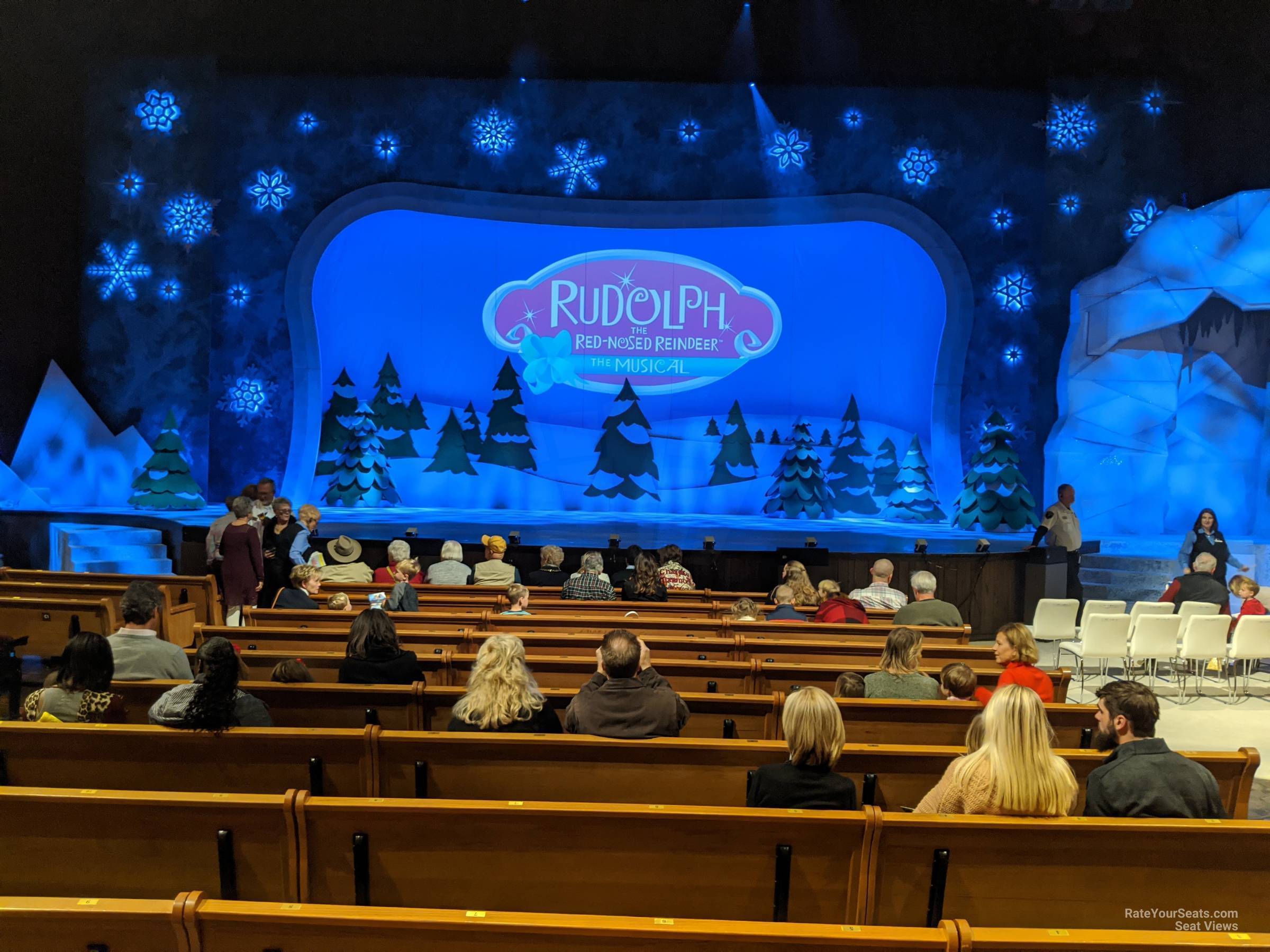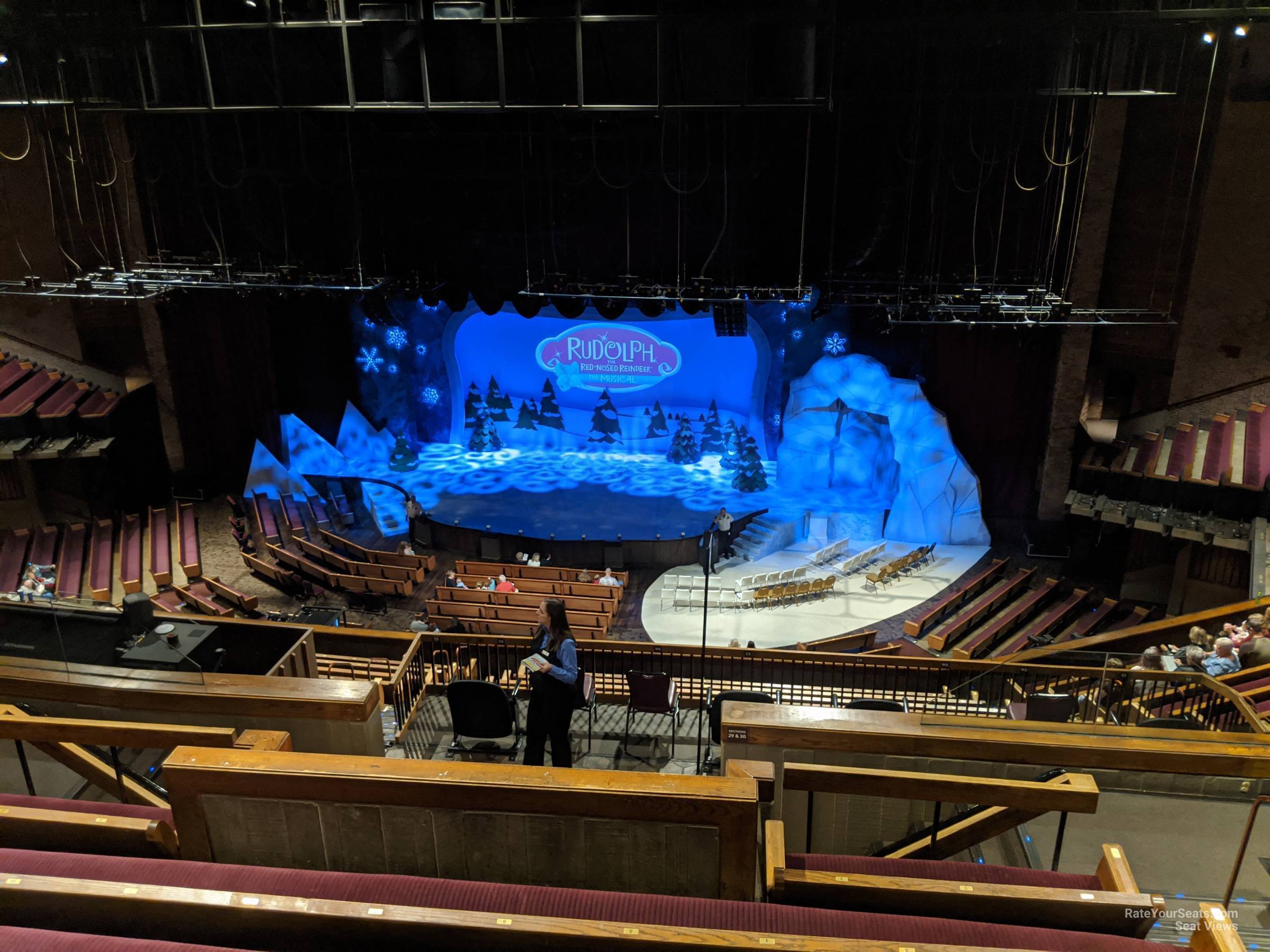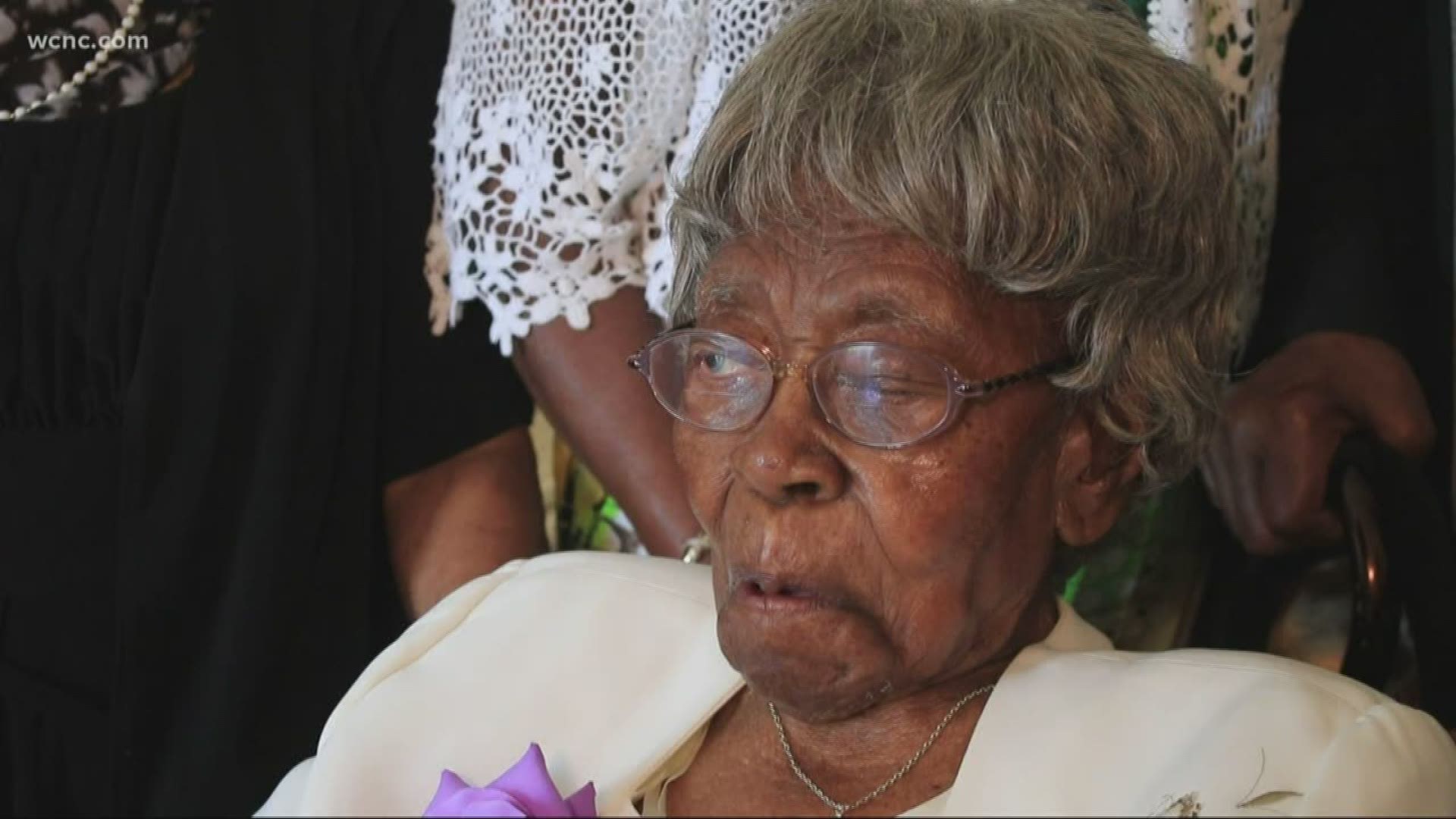Table Of Content
- Belgravia Court
- Be a part of the action! Volunteer at the CCHM for the 2014 St. James Art Show!
- History
- Benefits for National Trust Members
- Museum History
- Weddings at Louisville’s Fairytale Castle…The Conrad-Caldwell House
- Louisville Landmark Chocolates Series is officially being sold at Art Eatables! It’s not just bingeing, it’s charity!
- Southern Exposition

In fact, when it was built, it was referred to as “Conrad’s Castle” by the neighborhood. The châteauesque-style Pink Palace at Saint James & Belgravia Cts., and the beaux arts-style mansion at Belgravia Ct. & 4th St., should not be missed on a walking tour of the neighborhood. Tours are available seasonally through the Old Louisville Neighborhood and Visitors Center in Central Park and from other guides. Despite its oversized fame, it's a modest-sized house, with floor-to-ceiling glass walls and a 300-degree-plus view of the city of Los Angeles. Designed by Pierre Koenig in 1959 from a concept developed by the house's owner Buck Stahl, it's also called Case Study House #22. This house is in an area of the Silver Lake neighborhood called The Colony, where you'll find a number of Neutra designs on and around Neutra Place.
Belgravia Court
The St. James Court Neighborhood Association and the Belgravia Court Association manage the preservation and upkeep of Louisville’s most elegant neighborhood.
Be a part of the action! Volunteer at the CCHM for the 2014 St. James Art Show!
Then in 1948, it was bought by the Presbyterian Church as a residence for widows until the mid-1980’s. In 1987, it was purchased by the residents of St. James Court and turned into a non-profit museum. Now a house museum, with family artifacts and period antiques on display, it provides a rare glimpse of the lives of upper-class Louisville families in that era. Finest example of Richardsonian Romanesque architecture in Louisville, built in 1893 on St. James Court in the Old Louisville neighborhood, which features the largest collection of Victorian homes in the U.S. Explore the Conrad-Caldwell House Museum on either a guided or self-guided tour and immerse yourself in the social history of Louisville during the early 20th century through the lens of the two philanthropic families who occupied this grand Victorian mansion. The California Museum—home of the California Hall of Fame—engages, educates and enlightens people about California’s rich history, its diversity and its unique influence on the world of ideas, innovation, art and culture.
History
Through interactive experiences, the Museum inspires visitors to make a mark on history. The California Museum — home of the California Hall of Fame — engages, educates and enlightens people about California’s rich history, its diversity and its unique influence on the world of ideas, innovation, art and culture. Schindler's private residence is open to the public several days a week, and no reservations are required. One of Frank Lloyd Wright's most important works, in a style he called "California Romantic," designed in 1917 and built between 1919 and 1923 for oil heiress Aline Barnsdall. The complex includes the main house, garage, and one other surviving structure. The exterior of the Conrad-Caldwell House is made from Bedford limestone with arches, turrets, and gargoyles, making it look like a compact French castle.
Benefits for National Trust Members
The Conrad-Caldwell House symbolizes the spirit and Victorian grandeur of Louisville's Progressive Era. The veil has lifted and the home draped in traditional Victorian mourning. Learn of mourning traditions practiced during Louisville's Gilded Age, the many deaths that occurred throughout the homes history, as well as the lingering spirits who refuse to leave Louisville's Castle. You can also take a regularly scheduled tour of the Schindler-designed Mackey Apartments which are nearby.
David Dominé Tells The Tale Of A Salacious, Old Louisville Murder With Respect - Louisville Eccentric Observer (LEO Weekly)
David Dominé Tells The Tale Of A Salacious, Old Louisville Murder With Respect.
Posted: Thu, 21 Oct 2021 07:00:00 GMT [source]
Museum History
It's one of my favorite places to go in LA and especially beautiful at twlight. Architect Richard Neutra's private residence in Silver Lake seemed radical at the time, a glass house with rooftop and balcony gardens. Schindler came to California to work for Frank Lloyd Wright and supervise construction of the Hollyhock House. For a fascinating tour through his personal development as an architect, start there, then see his private home listed above, then tour Fitzpatrick-Leland to see the radical changes in his style over just a few-years period. After William’s death, his children sold the house in 1944, It was first used as a boarding house for female students and faculty for the University of Louisville.
Weddings at Louisville’s Fairytale Castle…The Conrad-Caldwell House

There’s also a ye olde English-looking billiard room up here with doors to a shallow balcony. I think in times past it’s been used as a ballroom before Caldwell. Heading up the stairs, you can better see the huge stained-glass window (which opens!) and a large tapestry. It sounds like they are saving up funds to see if they can get the tapestry restored. Historical Marker #2426 in Louisville recognizes the Conrad-Caldwell House, a grand example of late Victorian architecture.
Old Louisville's Most Haunted Scavenger Hunt leads you on an eerie path through St. James Court - WDRB
Old Louisville's Most Haunted Scavenger Hunt leads you on an eerie path through St. James Court.
Posted: Wed, 21 Oct 2020 07:00:00 GMT [source]
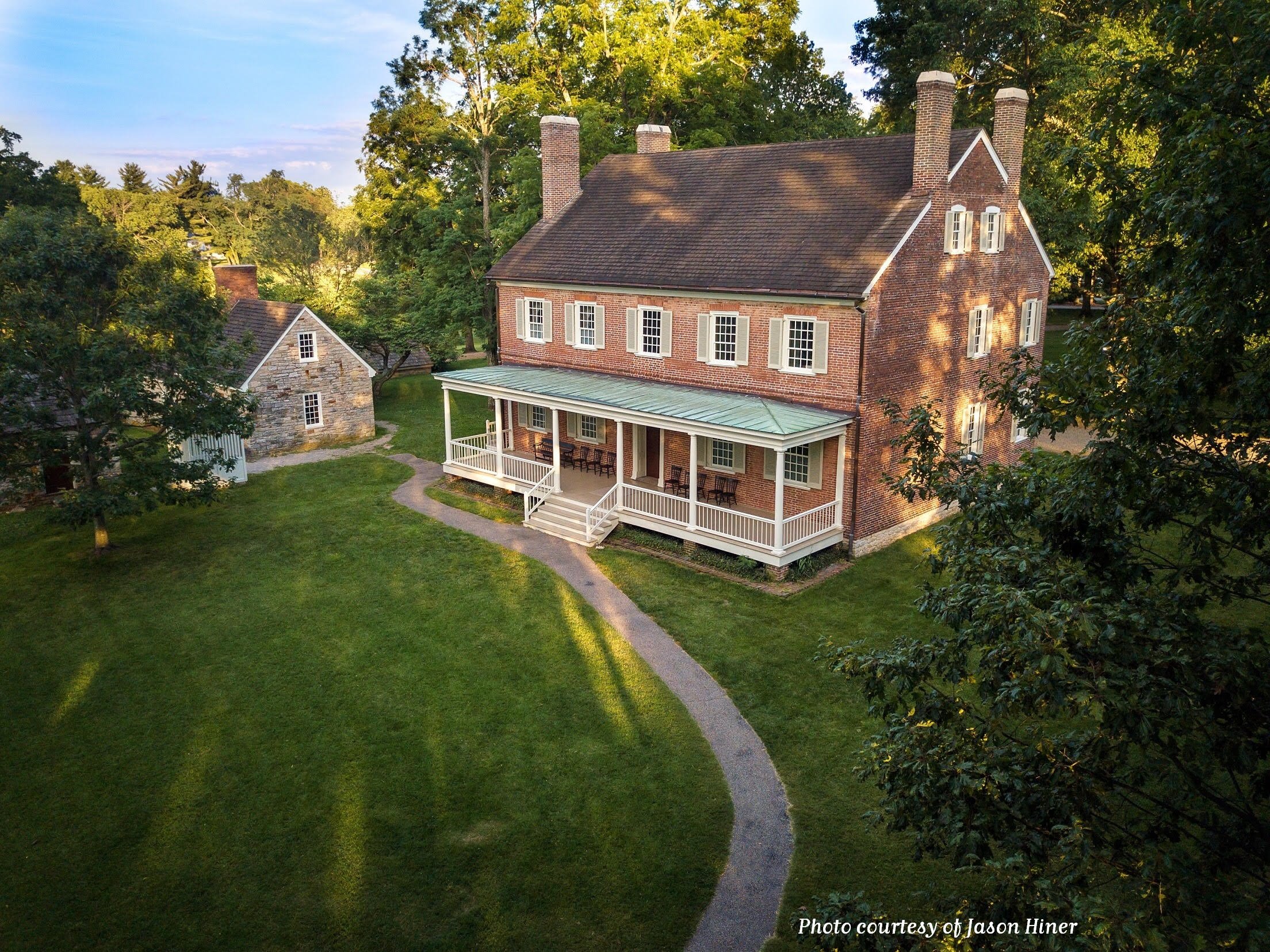
You can see them from the outside by touring off Earl Street between Silver Lake Boulevard and Glendale Boulevard. Many consider Neutra one of the most important twentieth-century architects and this house tour gives a chance to see his home. This unusual house was designed for him by Arthur L. Haley in the Arts and Crafts style; it retains its original interiors and furnishings.
The Conrad-Caldwell house is the residential masterpiece of the long-lived Louisville architectural firm of C. Theophilus Conrad, tannery owner, built this home in the Richardsonian Romanesque style between 1893 and 1895. After Conrad’s death in 1905, the house was sold to William Caldwell, maker of wooden and steel tanks. In 1947, it was acquired by the Presbyterian Church and became a home for elderly women. The house was purchased by the St. James Court Association in 1987 and has operated as a house museum ever since. The Conrad-Caldwell House Museum, also known as Conrad’s Castle, is the most stunning of Old Louisville’s homes and defines Richardsonian Romanesque architecture.
The house is a private neighborhood, and there's no parking at the house. The house is open for public tours and reservations are recommended. Tickets can be purchased online or in the gift shop prior to the start of the tour.
This massive Bedford, Indiana limestone home, is covered with gargoyles, archways, and elaborate stone designs. The interior features beautiful woodwork, parquet floors and magnificent stained glass windows, making it one of the most stunning homes in Old Louisville. Begun in 1892 and taking a full three years to complete, the Conrad-Caldwell House is the masterpiece of Louisville architect Arthur Loomis of the architectural firm Clark & Loomis. At a cost of $35,000, it is one of the finest examples of a residential Richardsonian Romanesque structure.
In 1883, the Southern Exposition of Art, Industry, and Agriculture opened for a five year run on the 40 acre grounds that extended from Park Ave. to Hill St. and from 4th to 6th Sts. Ft. wood-framed main building was on the present site of St. James, Fountain, and Belgravia Courts. The marvel of the exposition was the largest ever display of electric lighting, 4600 Edison incandescent bulbs. It included quarters for the coachman, stables for horses and carriages, and later housed Mr. Caldwell’s finest automobiles. As the sun begins to fade, and the shadows grow longer, the staff of the Conrad-Caldwell House invite you to tour the home, guided only by the soft glow of lamps that illuminate the 10,000 sq. It sounds more like modern times than 1915, but Dr. Roy Lanterman was ahead of his time when he wanted to build a fireproof bungalow made of reinforced concrete.
The Conrad-Caldwell House Museum, one of the finest examples of Richardsonian Romanesque architecture, was the masterpiece of famed local architect Arthur Loomis of Clarke & Loomis. Surrounded by a beautiful courtyard neighborhood at the center of the largest collection of Victorian homes in the United States, “Conrad’s Castle” featured all the latest innovations of its day, including interior plumbing, and electric lighting. “Conrad’s Castle” featured all the latest innovations of its day, including interior plumbing and electric lighting.
Referred to as “Conrad’s Castle,” the home at 1402 Saint James Court is known for its beautiful woodwork, parquet floors, stained glass windows and limestone exterior displaying gargoyles, massive archways and intricate architectural designs. Step back in time as you learn more about the era, the neighborhood, and the families who lived here. The museum’s interior is decorated in the Edwardian Age style, housing a massive collection of period items including many original pieces while showing-off the abundant lifestyles of the prominent businessmen and entrepreneurs who once lived in the neighborhood. The house is open for guided tours without appointment most Saturdays. After architect Rudolph Schindler came to California in the 1920s to oversee construction of Frank Lloyd Wright's Hollyhock House, he designed his residence in West Hollywood. Some say it was the first modern house to respond to California's unique climate, serving as the prototype for the distinctive California style that developed in the early twentieth century.
This house's most outstanding feature is the lavish use of ceramic tile, produced by the famous Malibu Potteries. Our Candlelight Christmas Tours return this year this time benefitting The Center for Women & Families. On the top floor is Caldwell’s large office in the top of the octagonal turret, overlooking the neighboring park.
The original structure was designed and built by architect Richard Neutra with a no-interest loan from a Dutch philanthropist. This extravagant Romantic Revival construction incorporates a variety of architectural styles. The house has been restored to its Edwardian appearance of the Caldwell era. Downstairs is a parlor and a library/study flanking the front door.
